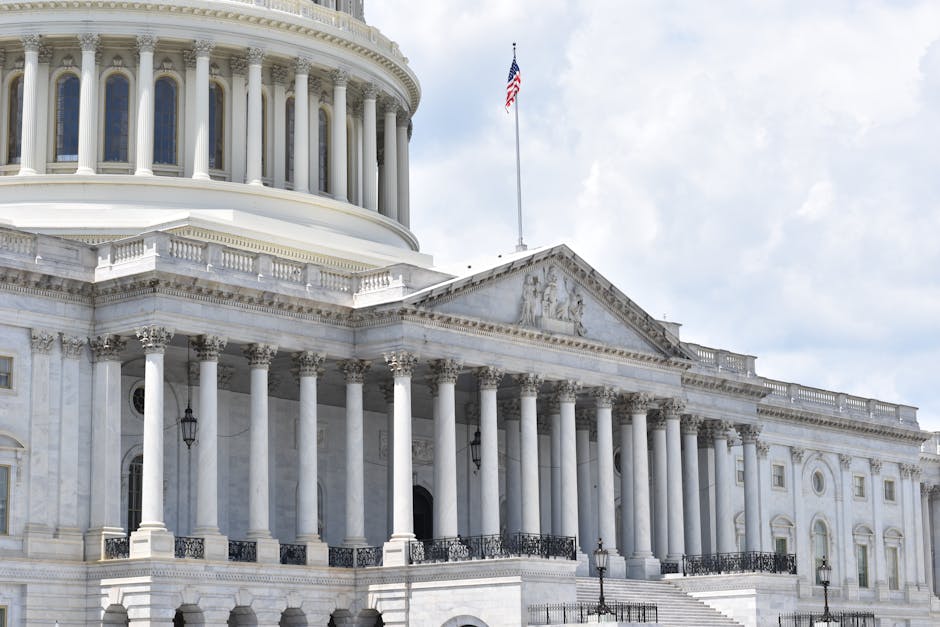Firstly, federalism fosters a more responsive and representative government. By dividing power, it allows for a closer connection between citizens and their governing bodies. Regional variations in needs and preferences, often overlooked in a highly centralized system, are better addressed when subnational governments possess considerable autonomy. This localized decision-making empowers citizens to participate more directly in shaping policies that directly impact their lives, leading to higher levels of political engagement and satisfaction. For instance, a state or province can tailor its education system to the specific requirements of its population, whereas a national curriculum might fail to address these nuances effectively. This enhanced responsiveness also contributes to greater political stability, as regional grievances are more easily addressed through the existing governmental framework, reducing the likelihood of secessionist movements or widespread civil unrest.
Economic benefits derived from a federal structure are substantial. Subnational governments can implement policies specifically designed to stimulate local economic growth, attracting investment and fostering innovation. This localized economic development strategy allows for diversification and resilience across the nation, mitigating the risks associated with over-reliance on specific industries or regions. Competition among states or provinces for investment and skilled labor can foster efficiency and improve the overall economic performance of the entire federation. Furthermore, federal systems often allow for greater fiscal flexibility. Subnational governments can adjust tax policies and spending priorities according to local circumstances, providing a customized approach to public finance that might be impossible under a more uniform, nationally dictated system. This tailored approach can lead to more effective allocation of resources and more equitable distribution of wealth across different regions. However, it’s crucial to acknowledge the potential for fiscal imbalances, requiring mechanisms to ensure fair resource distribution between wealthier and less prosperous regions.
A federal structure inherently promotes political stability and protects against tyranny. By dispersing power, it prevents the concentration of authority in the hands of a single entity, thus mitigating the risk of authoritarianism or the abuse of power. A system of checks and balances is inherent in the division of powers, with national and subnational governments acting as counterweights to each other. This checks and balances mechanism serves as a safeguard against the enactment of oppressive policies and promotes accountability throughout the government. Moreover, the federal structure offers a greater diversity of political viewpoints and ideologies, creating a more robust and resilient political system less susceptible to the whims of a temporary majority. This diversity extends beyond mere political representation and contributes to the development of a more inclusive society, better reflecting the varied cultural, ethnic, and linguistic landscapes of the nation.
Federalism also encourages experimentation and innovation in public policy. Subnational governments act as “laboratories of democracy,” enabling the testing of various policy approaches before their widespread adoption at the national level. Different regions can implement different policies addressing similar issues, allowing for comparisons and evaluations of their effectiveness. This process of trial and error can lead to the identification of best practices and more informed policy decisions at both the subnational and national levels. For example, one state may introduce a new environmental protection program, and if successful, other states and even the national government can learn from its implementation and adapt it to their own circumstances. This allows for a more adaptive and responsive policymaking process, better suited to the ever-changing needs of society.
However, it is important to acknowledge the potential drawbacks of a federal system. The division of powers can sometimes lead to jurisdictional conflicts and inefficiencies. Overlap in responsibilities can cause confusion and delay in policy implementation. Furthermore, disparities in resources and capabilities between different subnational units can create inequalities in the quality of public services. Addressing these challenges requires effective mechanisms for intergovernmental cooperation, clearly defined jurisdictional boundaries, and appropriate fiscal transfers to ensure equity across all regions. A well-functioning federal system mandates strong institutional frameworks to manage these potential conflicts and ensure a harmonious balance between national unity and regional autonomy.
In conclusion, the benefits of a federal system are numerous and significant, ranging from enhanced responsiveness and representation to greater political stability and economic development. Its capacity to promote innovation, protect against tyranny, and foster a more inclusive society outweighs potential drawbacks, provided that the system is carefully designed and effectively managed. While challenges exist, successful federal systems demonstrate that a balanced distribution of power can lead to a more resilient, adaptable, and prosperous nation. The ultimate success hinges on finding the optimal equilibrium between national unity and regional autonomy, ensuring both the strength of the federation and the vitality of its constituent units.
